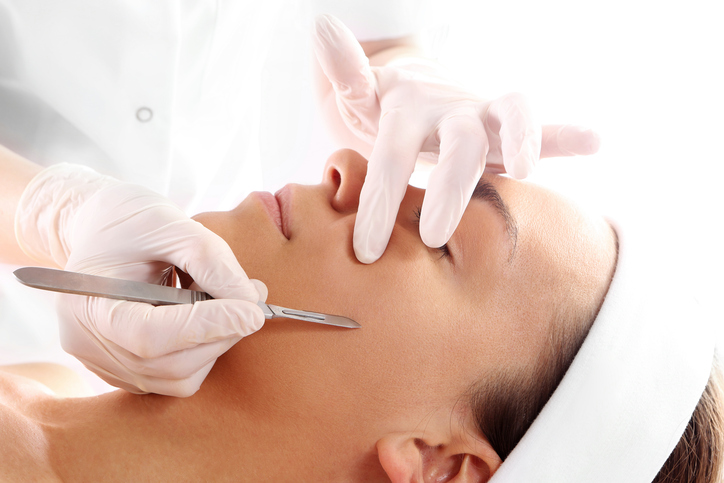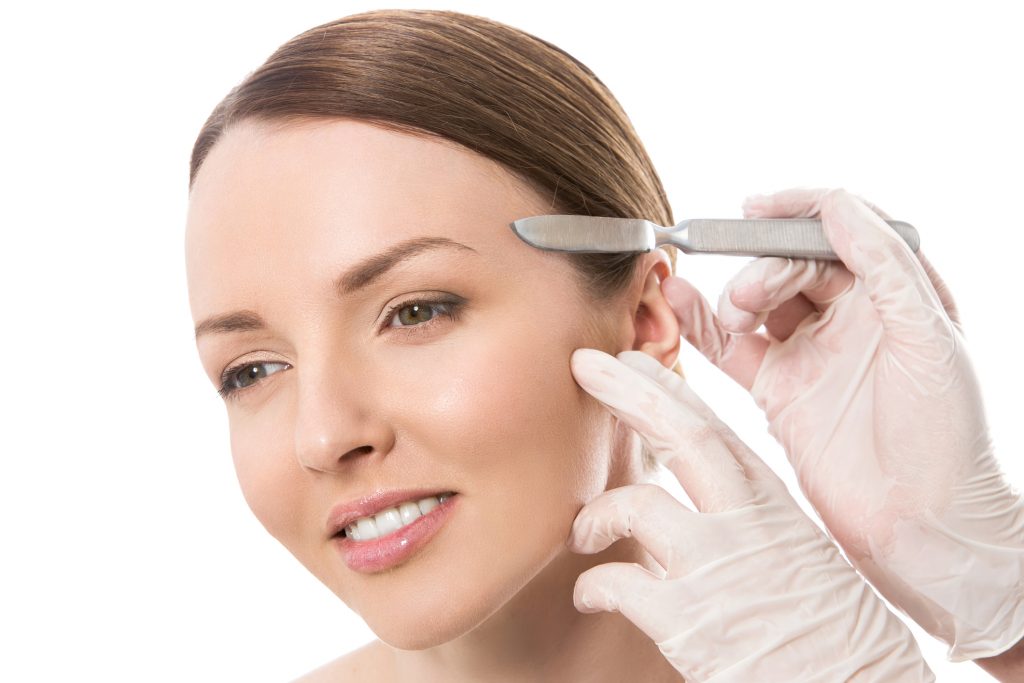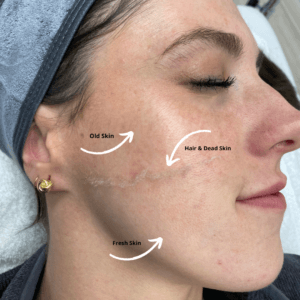Dermaplaning from U.S. Dermatology Partners
What Is Dermaplaning?
Dermaplaning is a safe and effective physical exfoliation procedure that triggers cell regeneration and allows products to better penetrate the skin. Dermaplaning is considered excellent for ridding the face of excess fine hairs which can often accumulate dirt and oil.

Dermaplaning is a form of physical skin exfoliation that helps the skin appear younger, healthier and more vibrant.
Find This Service Near You
Who Is a Good Candidate for Dermaplaning?
Dermaplaning is an ideal treatment for anyone with dry or rough skin texture. Dermaplaning is particularly beneficial for treating superficial acne scarring, mature skin or an uneven skin tone. It is safe for pregnant or lactating clients who cannot have chemical peels, and is often a popular choice for that reason.
However, if you have oily skin or active acne, dermaplaning can irritate the skin and should be avoided.
How Is Dermaplaning Performed?

Are There Side Effects to Dermaplaning?
People with very sensitive skin may not react well to such aggressive skin exfoliation, as your skin may naturally peel afterwards. Dermaplaning is also discouraged for people with acne or who have frequent breakouts. If you are a good candidate for dermaplaning, the side effects should be few to none.
How Long Will Dermaplaning Last?
Dermaplaning is a maintenance cosmetic treatment, so many people choose to have treatments every month. It can be combined with a chemical peel to give even more improvements in the outer layer of your skin. Talk to the doctors at U.S. Dermatology Partners to see how it fits into your skincare plan.
Related: How Often Should You Dermaplane?
What Does a Dermaplaning Treatment Look Like?
*Results may vary by individual

